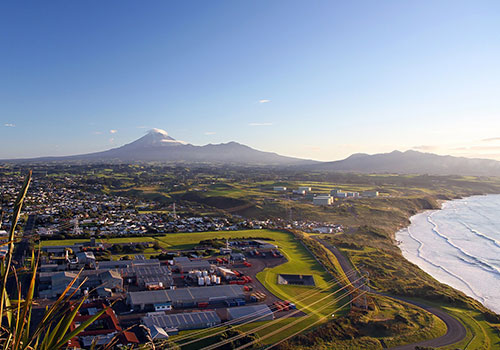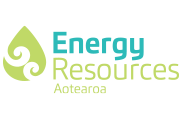Work Environment
Our industry health and safety culture is internationally regarded, stringent and uncompromising.
- In this section:
Like many other industries, oil and gas activity at times exposes workers to challenging conditions and situations. Our obligation is an exceptionally strong health and safety culture that is internationally regarded, stringent and uncompromising, ensuring our workers and the environments they work in are safe.
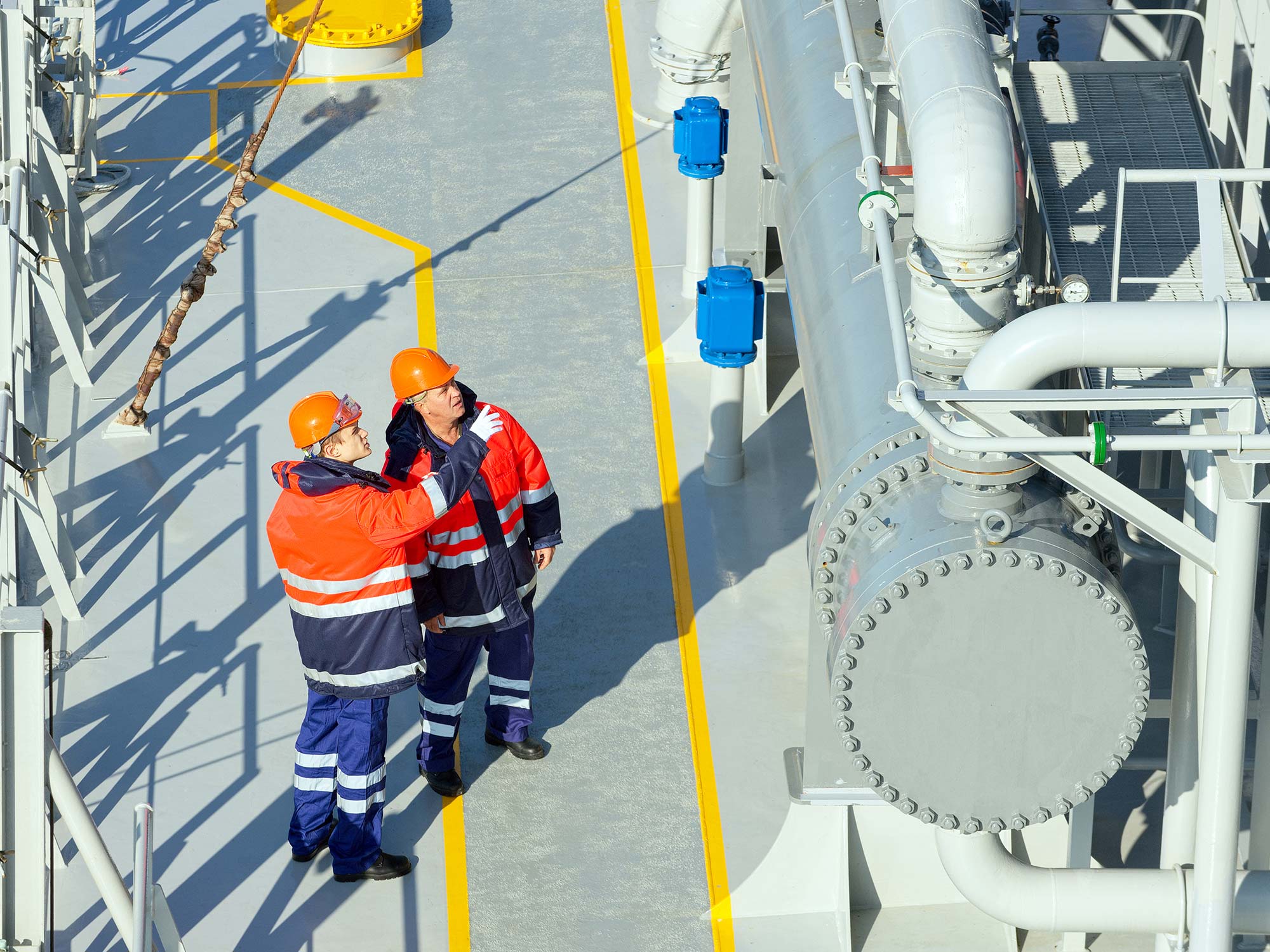
An enviable track record
1
The oil and gas industry’s safety track record over 50 years is solid and impressive.
While primary industry activity can expose workers to challenging environments, oil and gas workers are safer and suffer less accidents, in gross quantity and per worker, than all other primary industries in New Zealand.
In fact, oil and gas workers are around four times more likely to experience an accident in their home than at work.
"New Zealand has never had a major accident resulting in multiple fatalities or injuries in the oil and gas sector, but that is not a justification for standing still" - Chris Finlayson, Acting Minister of Labour.

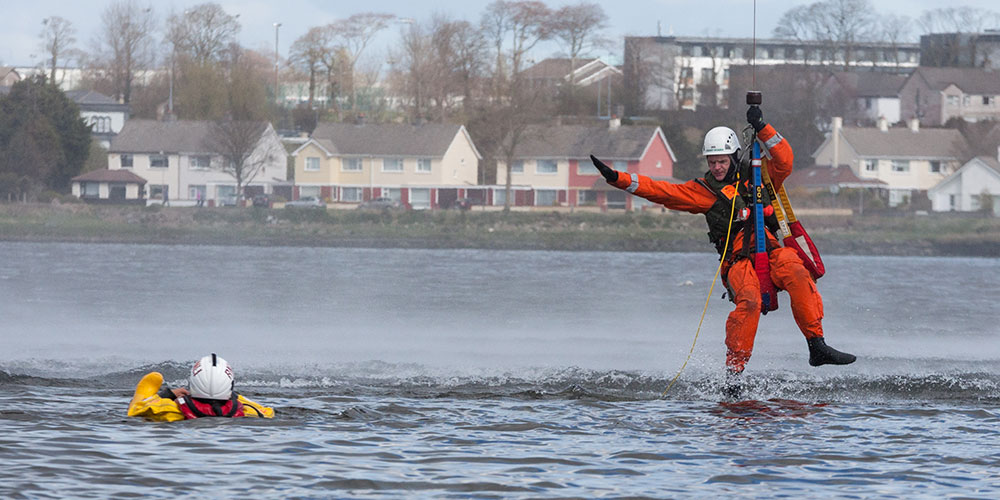
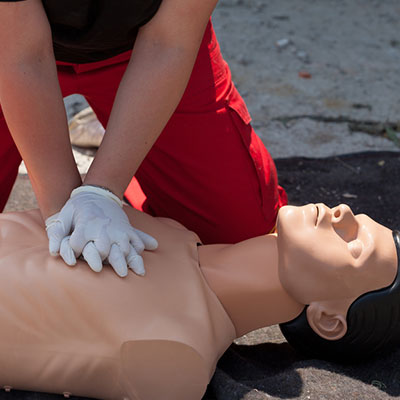

What is ‘Health & Safety’
2
'Health & Safety' is a term the industry uses to describe the systems and procedures used to protect our workers at all times.
Health and safety activity in New Zealand is designed to meet legislative requirements, as determined by the Health and Safety at Work Act 2015 (HSWA) and the Health and Safety at work (Petroleum Exploration and Extraction) Regulations 2016. These regulations provide oversite to the health and safety aspects of all oil and gas activity in New Zealand, such as drilling and production, and hold oil and gas companies accountable by law.
Secondly, health and safety activity is driven by the internal demands of oil and gas companies themselves. Rigorous business and complex operational procedures demand sophisticated health and safety practices, to ensure the ongoing successes of oil and gas projects, and meet both insurance and industry best practice standards.
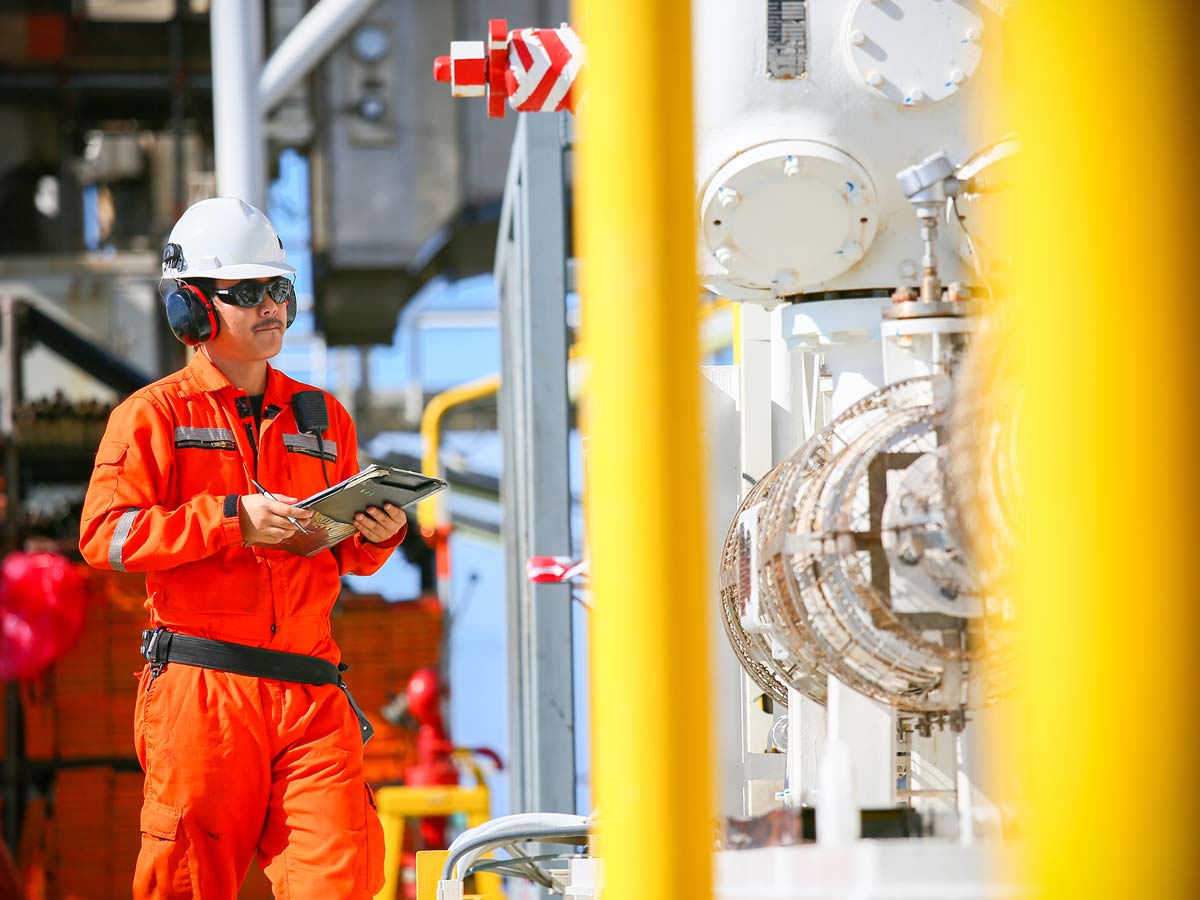
The science of risk management.
3
Major commercial and industry activity often requires high level risk assessment and management.
It is the responsibility of oil and gas companies to design, build and operate their facilities within acceptable boundaries of risk.
Effective management of risk allows oil and gas companies to prevent major accidents from occurring in the first place, and leaves the industry confident it’s activities are financially viable, sustainable, and meet New Zealand’s demanding personal and environmental safety standards.
In New Zealand, much of the management of the risk of oil and gas activity is embodied in the preparation and application of the ‘Safety Case’.
Safety by design - four times safer than your home.
Due to all-encompassing risk management procedures, oil and gas workers at production facilities are around four times less likely to experience an accident in their workplace than they are at home.
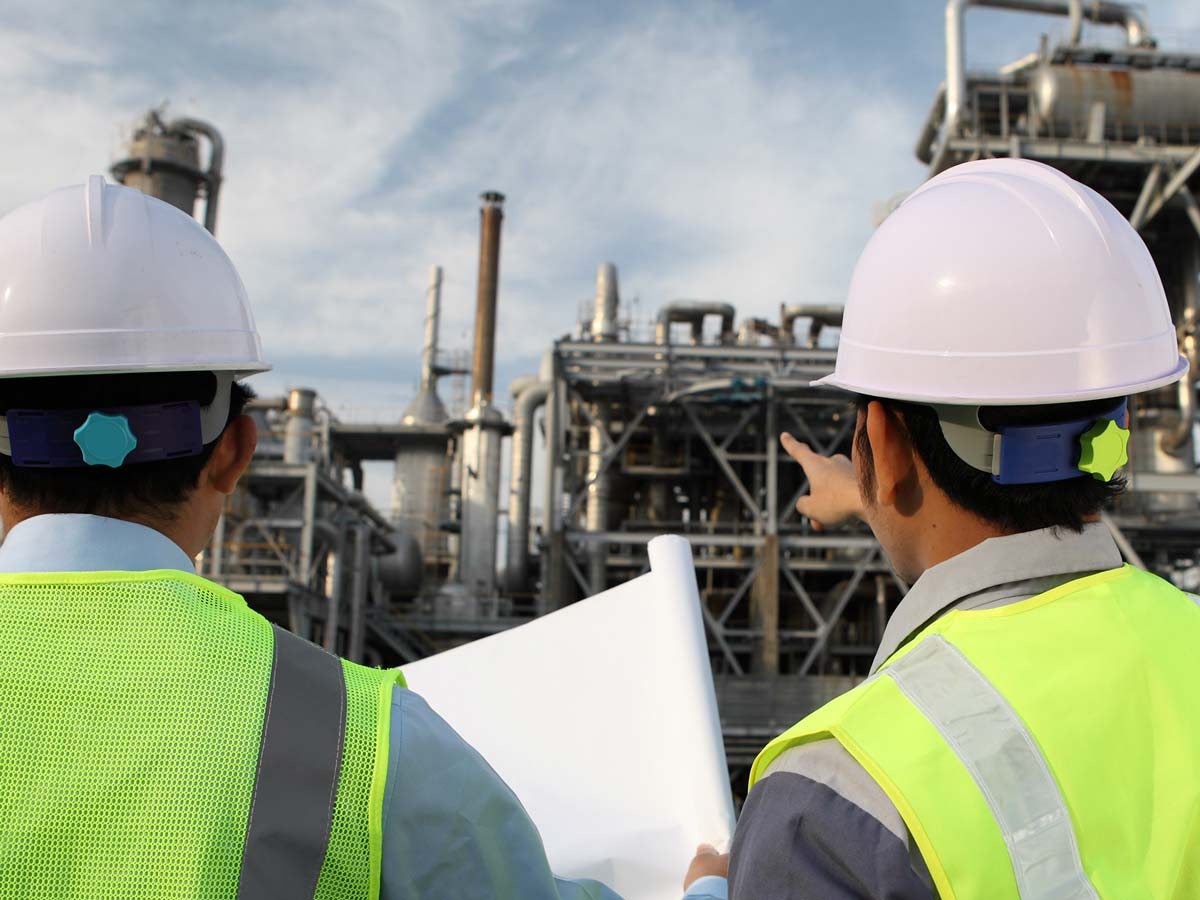
Safety by design - introducing the Safety Case
4
Every large-scale, permitted oil and gas project must have a 'Safety Case'.
The Safety Case is an exhaustive document defining the design, build and operation of any oil and gas facility.
The Safety Case is required by law, and is submitted by oil and gas companies to the High Hazards Unit, for acceptance as part of the New Zealand Government's Permitting process.
First and foremost, the Safety Case is an accident prevention document. The identification, assessment and management of all hazards is the immediate focus of the Safety Case.
As such, hazard (and risk) management are hardwired into the fundamental systems and procedures of every oil and gas facility, and must result in any risk associated with the operation of the facility being as low as reasonably practical.
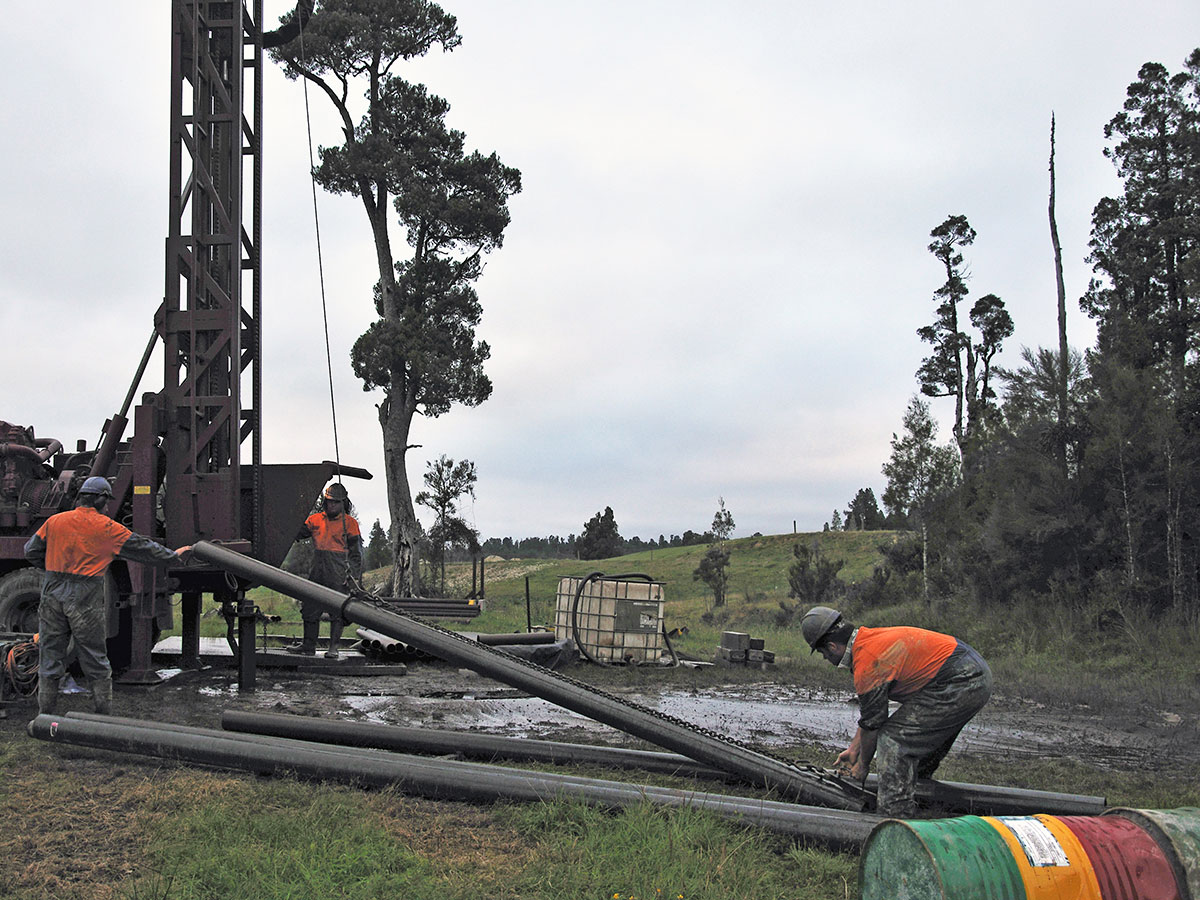
Smaller installations
For smaller size installations, a MAPP (Major Accident Prevention Policy) is required instead of a full Safety Case. A MAPP is a written policy with the aim of preventing the occurrence of major accidents and limit their consequences to people on or near the lower-tier production installation by appropriate means, structures and management systems including the safety management system (SMS).
Lower tier installation produce less that 820 barrels per day, less than 15m cubic feet of gas or less than 50 tonnes liquified flammable gas and natural gas at site.
Safety by design – immediate well closure
All offshore wells have ‘wellheads’ that sit on top of the well itself, and include Blowout Preventers (BOPs). These wellheads are attached to hydraulic lines. If systems above ground fail for any reason, such as an unpredicted earthquake, these hydraulic lines also fail, causing immediate closure of the wellhead and the safe sealing of the well.
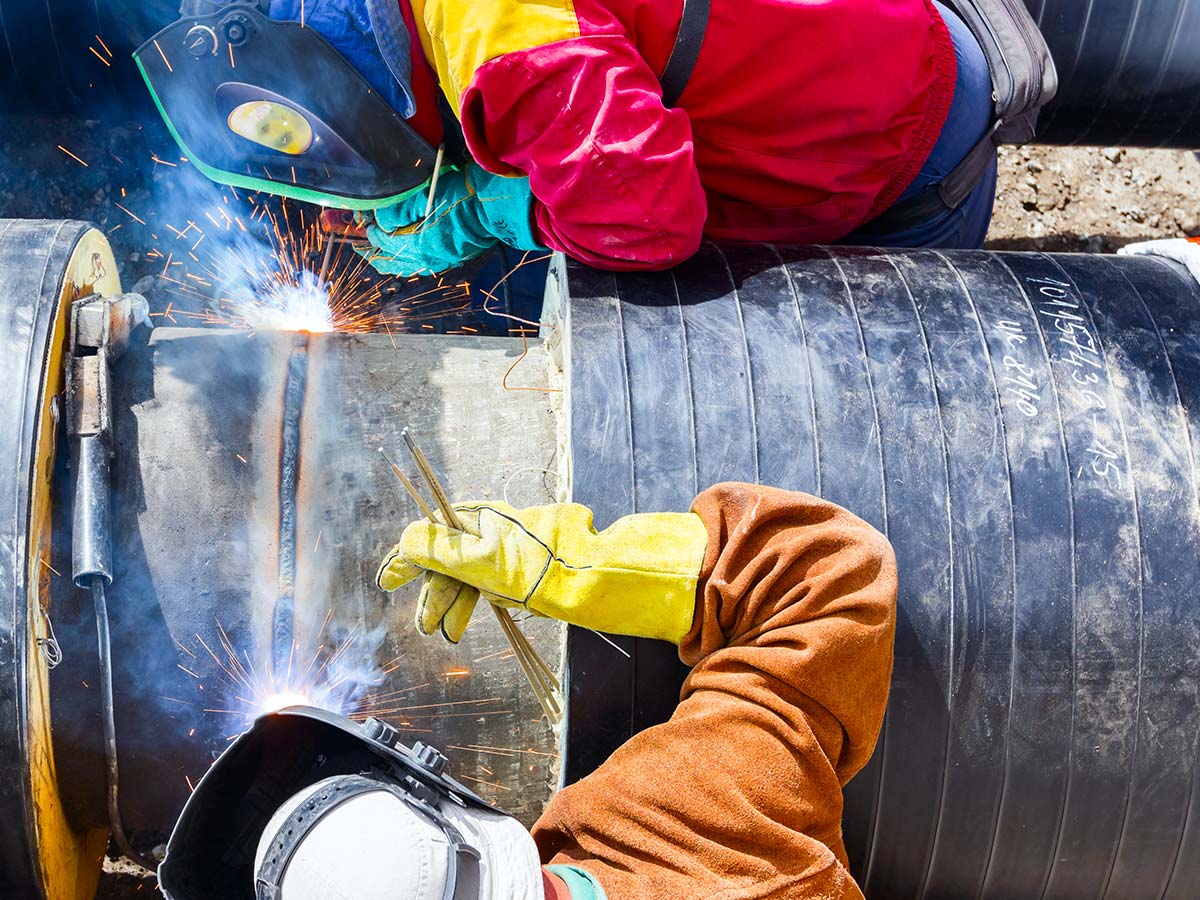
Every day safe – explaining ‘Permit to Work’ systems
5
At oil and gas installations, nothing happens fast.
That’s because anything a worker does is controlled by a multi-layed ‘Permit to work’ system.
‘Permit to work' systems establish methodical procedures for assessing, approving, tracking and monitoring all worker activity, particularly when that work is undertaken in a hazardous or challenging area.
Not only do ‘Permit to work’ systems effectively enhance the safety of individual workers, they ensure that any work is considered in relation to the entire operation, and fits with correct operational, maintenance and change management procedures as established in the Safety Case.


